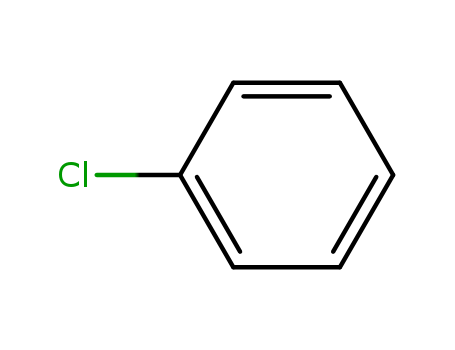10.1021/jo00359a058
The research involves the synthesis of various organic compounds. The first part focuses on the synthesis of a keto ester and a bicyclic keto lactam. The key chemicals used include ketene O,S-acetals, p-TsOH, methylamine, and silica gel for purification. The second part describes the synthesis of 10-(hydroxymethyl)-7,12-dimethylbenz[a]anthracene, involving a series of reactions starting from 1,2-naphthalic anhydride and chlorobenzene, with reagents such as AlCl?, NaBH?, Zn, KOH, and others playing crucial roles. The final part reports the synthesis of gem-dilithiofluorene by thermal rearrangement of 9-lithiofluorene, with n-butyllithium and fluorene as the starting materials. The research highlights the use of various solvents like THF, benzene, and ethyl acetate, and purification techniques such as chromatography and recrystallization.
10.1021/jo00191a003
The study explores a direct method for the periodination of aromatic compounds using periodic acid (HIO?) and iodine in concentrated sulfuric acid. This method allows for the exhaustive iodination of unactivated aromatic substrates such as benzene, nitrobenzene, benzoic acid, chlorobenzene, phthalic anhydride, and toluene, converting them into their respective periodo derivatives. The study also reports the conversion of benzonitrile to pentaiodobenzamide. The direct periodination method is compared favorably to the existing mercuration/iododemercuration sequence in terms of reaction time and purity of products. The study highlights the versatility of the method, demonstrating that partially iodinated products can be obtained under less vigorous conditions. Additionally, the study discusses the limitations of the method, noting that certain activated aromatics and easily oxidized substrates do not fare well under these conditions. The research provides detailed experimental procedures and characterizations of the synthesized compounds, contributing to the field of organic chemistry by offering a more efficient route for the preparation of polyiodinated and periodinated aromatic compounds.



 Xn,
Xn, N,
N, T,
T, F
F


